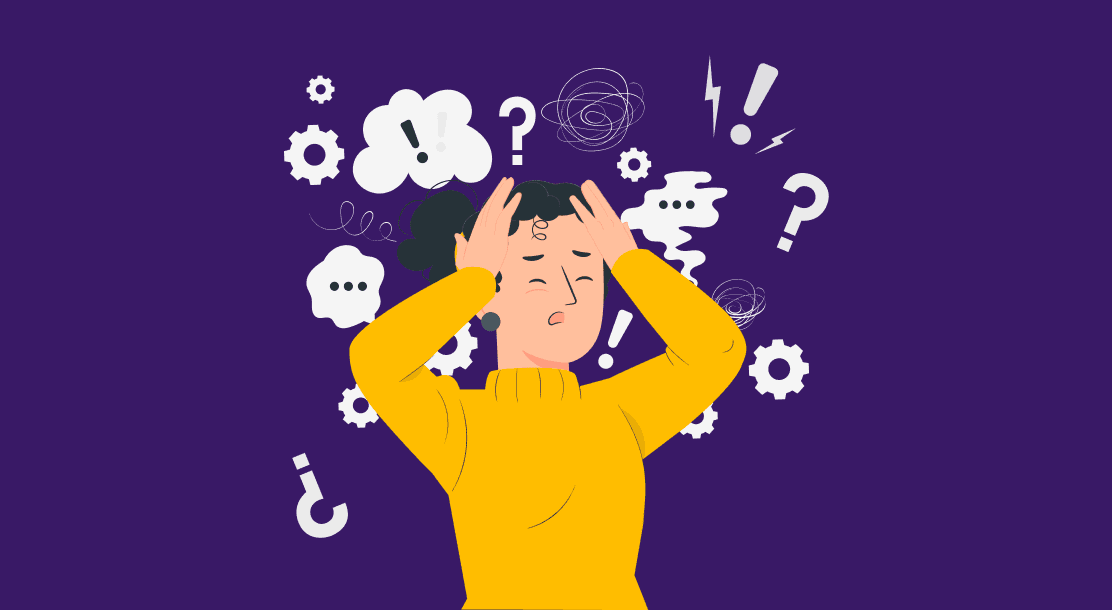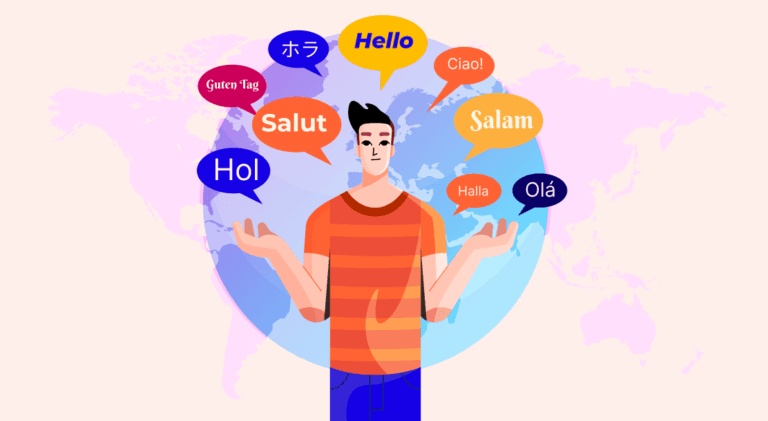
Did you ever regret buying a product, or have you ever fallen victim to bad customer service that urged you to stop buying from that business again? If yes, then what you experienced at that moment is called buyer’s remorse; and at some point, it typically happens with every company.
Buyer’s remorse can be a nightmare and spell disaster if ignored or not handled timely. Imagine if your consumer is convinced to make a purchase and, somehow, their sentiments have taken a 180-degree turn at the last moment, for they believe that the purchase is a mistake. And, all of a sudden, the bond that you cultivated with your customer for months starts crumbling in no time.
However, if you know how to address buyer’s remorse, it can positively impact your business and encourage customer loyalty.

What is Buyer’s Remorse?
Buyer’s remorse is the feeling of regret that customers experience, often responding to an expensive purchase. Coupled with fear and stress, it can make the customer have second thoughts about returning the product. After having remorse, there can be plenty of reasons why your customer wants to return the product.
Suppose you buy a new item and start feeling guilty with an unsettling knot in your stomach. You judge your decision, question yourself- ‘if you really need it.’ look for ways to justify the purchase, or even decide to return the product altogether; that’s called buyer’s remorse.

It’s not inherently bad, and we all have experienced it at least once, usually after making an expensive purchase. However, from a business perspective, if you ignore it or do not handle it properly, it can have dire consequences. And that’s why you need to understand the psychology of buyer’s remorse and gain some clarity about the purchase processes to turn your potential customers into brand loyalists.
How to Stop Buyer’s Remorse?
Usually, buyer’s remorse starts a few days after the purchase. If you care about your customers and want to give them a great experience on their next purchase, stop this remorse creeping up on your consumers by considering the following points.
Recognize the cause
The first step you can take to help customers avoid buyer’s remorse is knowing its cause. In terms of psychology, it is often experienced when a person has conflicting beliefs.
If a customer makes a purchase after much deliberation and then starts having doubts post-purchase, it could lead to discomfort regarding the purchase because they believe there was not accurate information or enough data while making the purchase.

If you want to prevent a buyer’s remorse from creeping into your customer’s minds, provide clear information and let them see there is nothing to hide about the product. Once they believe the given information is accurate and trustworthy, it will help them make better decisions. This can decrease the chances of your customers having buyer’s remorse and can also increase your sales.
Deliver value to your customers
Your customer wants you to show that you care about them more than making a sale. They choose to buy a product based on its price and benefits. If you do not want your customer to regret buying a product from you, ensure they do not receive something they regret having, to begin with.
If they receive a product that doesn’t justify the price, they might return it immediately. Try to cultivate a solid foundation for your relationship with the buyer that’s not limited to just one purchase. When the customer believes that you have their best interest at heart, it helps to retain a loyal customer and makes your bond stronger with them.
Meet customer expectations
The best answer to how to avoid buyer’s remorse is, probably, to meet their expectations. To ensure you meet your customers’ expectations, explain to them (both verbally and in written) what they can expect to receive from you.
The most important thing to bear in mind is not to give them false hopes. There is nothing worse than raising someone’s expectations only to disappoint them later.
Provide a document listing the next steps in the sales process, how invoicing will work, how the product will work for them, or how you’ll handle their account details, and then abide by what you mention. Once the customer is assured of how the product will meet their expectations, there is a lower chance of them getting disappointed
Provide timely response
Nowadays, customers want to have all the relevant information by spending the lowest time possible. Thanks to the technology available, it’s now easier for a customer to gather product information or contact a business. That’s why they expect an email revert within an hour.
If they have to wait for a reply endlessly, the chances are you have already lost them. In such a case, we advise you to have a dedicated customer service department that can respond to customer queries within a few minutes. By providing timely responses, you can reduce buyer’s remorse and fetch more leads for sales.

Go the extra mile
If you want to lower the chances of your customers having buyer’s remorse, your company needs to go beyond the established expectations.
Your company can provide added value beyond what’s promised to the customer during the purchase process. You may offer help documents or demos of your product. This action can make your customer reach a higher level of satisfaction and blossom your relationship with them.
How to Deal with Buyer’s Remorse?
Whether you want to start or repeat your business with the customer depends on how your company handles them. When you question ‘what does buyer’s remorse mean,’ it simply conveys your inability to repeat business.
To ensure that doesn’t happen, you need to know the art of making your customer feel happy about spending their money with you. And that’s why you need to know how to tackle buyer’s remorse. So, here we are with a few steps that you can take to retain customers for a longer duration.
Know your customer
The first thing you need to know to avoid buyer’s remorse is your customer. Study different customer personas that may help you understand your customers better and, thus, position yourself better in the market. Among all the personas, the likelihood of having buyer’s remorse is higher in the case of people with impulsive nature.

Affirm their decision
Once your customer makes the payment, they may question their wisdom in investing their money in your product. This is the time to make your customer feel happy about their purchase.
You can connect with them by making a call, writing a letter, or sending a video. You need to show them that you are always there to help out and have not abandoned them once the payment is made.
Show appreciation
A ‘thank you note goes a long way. While dealing online, you might be unable to make a human connection with your customer. Still, you can always mail an appreciation letter post-purchase to cultivate a strong relationship with them. It raises the customer satisfaction level, creates good rapport, and reduces the likelihood of them having buyer’s remorse.

Activate their loyalty
Once your customer has your product, it’s the time to make them feel even more valued. How do you do that? By activating their loyalty.
Once your product is delivered, take your relationship with the customer to a higher level by becoming more personal this time. You may send a letter or make a call just to see how things went. After all, loyal customers deserve that special treatment. Moreover, it’s been found that loyal customers, especially the ones who leave behind testimonials for your business, are the reason behind 80% of a company’s sales.
Acclimate them to your business
No one wants to confess they are confused. And that’s where you need to hold your customer’s hands, listen to their pain points, and help them know how to use your product. You may offer free training, send mentors, organize workshops, or provide guidance through video calls.
Conclusion
So, do you want to do business or repeat business? If your answer is the latter, you may consider the abovementioned points to prevent and tackle buyer’s remorse.
Though you may always get a customer who is indecisive about their purchase, bearing these points in mind can help you reduce the chances of them regretting their decision and get you a loyal customer.
FAQs
You feel regret only when your actions don’t align with your beliefs. A buyer’s remorse takes place when they disappoint themselves. That’s why there is more remorse when the purchase is bigger.
Buyer’s remorse is the feeling of regret after a purchase, especially an expensive one. Because regret often comes with stress in the case of expensive products, it makes the customer have an urge to return the product.
In the case of buyer’s remorse, you can offer free returns to the customer. It will be on your invoice as you pay the return shipping charges.
You can reduce buyer’s remorse by ensuring that the customer has all the information while purchasing your product. If they feel confident in making a purchase, it can reduce their remorse and increase your sales.
The biggest mistake you can make to drag your customers towards buyer’s remorse is overpromising. Don’t try to sell something that the product cannot deliver. That may just shake your customer’s belief system, and they may not come back to you.
Latest Blogs
In this blog, explore the golden rules of using AI marketing tools so you can leverage the benefits to their maximum potential.
In this blog, you’ll learn how to avoid the pitfalls of SEO over-optimization while enhancing your site’s performance.
In this article, we’ll take a look at what AMP is, its advantages and disadvantages, and how it affects SEO.
Get your hands on the latest news!
Similar Posts

Marketing
5 mins read
9 Key Strategies To Increase Twitter Reach

Marketing
6 mins read
10 Brands That Excel In Localization

Marketing
5 mins read